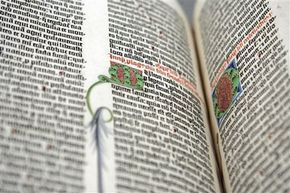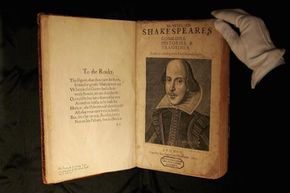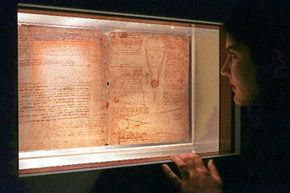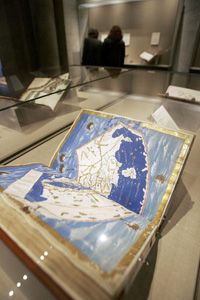What makes a book rare and valuable? It all comes down to supply and demand -- and condition. The rarest books in the world are highly sought after by collectors because they're associated with a particular author or a major historical event or era, or simply because they're incredibly old.
In the world of book collecting, old means very, very old. Johannes Gutenberg developed the movable type printing press in the 1440s -- in fact, any printed book dating from 1500 or earlier is known as an incunabulum, and is virtually guaranteed to be rare and valuable. A Gutenberg Bible, printed in 1456 and considered the first book of movable type ever printed, is usually considered the zenith of book collecting.
Advertisement
Some books become rare not because of the content of the book itself, but because a famous person owned it. If the book has personal notations in the margins, the value goes up even more. A few rare books are "sleepers" that don't betray their true value to the uninformed -- these are the books you might find at a yard sale for $1, then sell for tens of thousands of dollars.
If you'd like to know how much a Gutenberg Bible is worth, how many there are in the world and why it has such lofty status, this article has all the details, along with nine more of the world's rarest books -- including those sleepers you can find in the dusty shelves of used bookstores.




